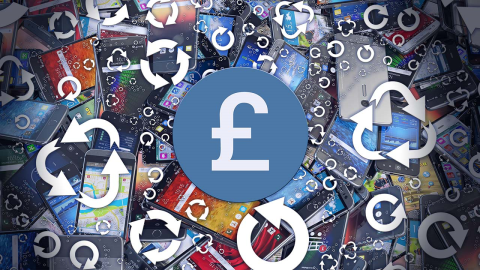

Now that the Samsung Galaxy S8 is announced, most of the big manufacturers have announced their flagships. This leaves us all wondering what Nokia has up their sleeves; a brand which refuses to die.
Nokia was the talk of the town at MWC 2017, following its announcement of three Android phones and, unexpectedly, the revived Nokia 3310. The company has acknowledged for quite a while that they’re planning a big comeback in 2017, using Android as the new operating system of choice. Throughout the past few months or so, we’ve begun to get some solid leaks around the phones and HMD’s – Nokia’s new possessors – maps for the future.
This company will be openly contending with some heavy competition in 2017, courtesy of Samsung’s Galaxy S8, Galaxy Note 8 and Apple’s arriving trio of iPhones which are expected to launch inside Q4. Nokia will need to launch a proper man-of-war phone in 2017. That phone is now being denoted to as the Nokia 8. This, unlike the MWC trio shown previously, will be a true flagship with high-end specs intended directly at the top of the market.
The Nokia 8 is anticipated to be the first Nokia Android phone to actually build on the precedence of the company’s Lumia 1020, a rather heroic camera phone with a mammoth 41 megapixel sensor. Reports have predicted the recurrence of Zeiss sensors for the Nokia 8 and HMD has not yet refuted this. There has also been reliable talk about a 23MP sensor on-board the Nokia 8, though we’d assume to get some noteworthy USPs comprised in the package. The Nokia 6 sold out in 6 minutes in China when it first sprang there recently. To date, BlackBerry is still struggling to provide a strong footing in the Android market, leading them to pursue partnerships with OEMs like TCL. Both the 3310 and KeyOne build on nostalgia found in the company’s heyday… though the latter has a hard-to-swallow £499.00 UK price-tag.
None of the phones announced at MWC by both BlackBerry and Nokia were flagships, an expected move on both TCL and HMD’s part. Tough competition at the top of the market, combined with limited resources is probably the reason why they backed out. Nokia will likely be waiting for a gap in the schedule, probably Q2 when things are a little more quiet. BlackBerry on the other hand swapped to Android a while ago and has not seen a significant increase in sales. In fact, the company hit a new low in February, with market-share dropping to 0.19%. This is despite the fact that, aside from being a little overpriced, none of the BlackBerry handsets have actually been that bad.
Perhaps the major issue why Nokia has enjoyed plenty of coverage and BlackBerry has not comes down to branding. We all have joyous recollections of the Nokia brand and this is clearly a contributing factor. BlackBerry has tried top Android phones, inexpensive phones and mid-range phones. They’ve tried devices with a keyboard and without. But for whatever reason the company cannot generate the same response because the Nokia trademark is “superior” to BlackBerry’s. Tech geeks have crying out for a powerful Nokia device running Android since they first became exclusive to Windows Phone.
For now, Nokia looks to be focusing on the mid-range section of the market, dominated by players like Huawei, OnePlus, OPPO and Xiaomi. It almost seems like the company is testing the water before releasing a flagship, which is likely to be in Q2 with the Nokia 8. We understand Nokia’s victory isn’t definite, not by a long shot. What’s confusing for longtime mobile geeks is the fact one trademark, BlackBerry, can fundamentally do all that’s anticipated of it and still nose-dive, while another, Nokia, can issue a few mid-range phones and set the precedent for a revival.




